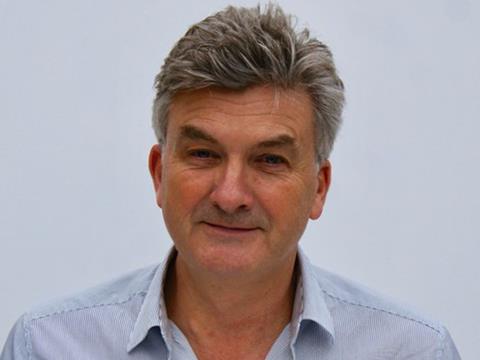
How far has accessible and inclusive packaging design come in recent times, what are some examples of effective accessible packaging design projects, and what more can the industry do to centre the experiences and opinions of disabled people throughout the design process? To get some answers to these questions we spoke with a 40-year veteran of the industry – Nick Dormon, managing director and founder at Echo.
You’ve been working in design for the best part of 40 years – and you will have witnessed a vast amount of change during that time. In terms of accessible packaging, how much has changed since you started your career, and how far is there to go until we reach the point at which packaging is truly accessible for all people?
I don’t think it’s moved very far at all. Inclusivity has just not been a priority driver for change with many other forces being more dominant in packaging design. Cost drives out features that could make packaging easier to open. Bigger tear tabs are rejected to keep material to a minimum.
That’s good for sustainability and margin, but not for people with dexterity issues - I’ve seen older generations take to opening packaging with their bread knives. Security and tamper evidence makes packs impossible to open with arthritic fingers - if that’s a pill pack that’s a big problem because it’s the older generations that use the most medicine.
The cost-reduced strap handles on heavy powder detergent packs are so thin and sharp they can cut your fingers. Backs of packets are so crammed with very important items like allergy information, recycling instructions, and safety notices, that the text is so small you need a magnifying lens to read them.
And it goes on and on… but there is light at the end of the tunnel. Help is coming from technology like Kellogs using Navilens to translate visual pack communication into audible messages for the sight impaired. There is also a broader trend towards brands looking for a sense of purpose and often a moral one- being inclusive in their designs is a simple and important aspect of purpose that every brand can embrace.
Could you talk us through an accessible packaging project you worked on that you’re particularly proud of?
We recently redesigned all of Smarties’ packaging and products for Nestlé’s travel retail business to remove all plastic from their ranges. A significant sustainability challenge in itself, however our client informed us that her young son had colour vision deficiency and struggled to enjoy the vibrant toys and games in the range. So, we set about understanding how we could design the graphics to be as clear and visible for him and others like him. What I love about the final designs, with their carefully matched colours, use of contrast and key lines, is that there is no apparent difference to those with good vision - a truly inclusive design.
Could you do the same for a project or innovation that you didn’t personally work on? What do you admire about it?
Amazon’s PillPack is a huge step forward in medicine delivery. As I mentioned earlier, old people take a lot of pills; I recall my father in his later years struggling with bottles and blister packs every week and putting the daily dose into little trays.
It was wrong on so many levels: cognitively challenging, visually difficult and physically hard and fiddly- all of which were at best frustrating, at worst dangerous. PillPack sorts all the meds by date and time into easy-to-open packs and delivers them to your door. Like many solutions the end packaging is actually very simple, it’s just that the system needed to change.
What can brands and agencies do to ensure that they are centring the experiences and opinions of disabled people throughout the design process?
Put yourself in their shoes. It is so easy for a designer to sit in their studio and design for themselves. We need to jolt our perceptions. We use scenario development and user observation techniques to immerse ourselves in different people’s worlds so we can understand their needs and desires and inclusivity is a big part of that.
And it’s not just disabled people we need to consider, it’s also people who need glasses trying to distinguish between the shampoo and conditioner in the shower. We need to design for the whole spectrum. Traditionally we look for norms - the average to design too, but there is no such thing as normal - only diversity.
I wonder if you have any thoughts regarding designing inclusively and universally versus creating ‘specialist’ products for those with impairments?
I am a big fan of making products, packaging and services useful for all whenever possible. Look at Good Grips kitchen tools that are great for non-disabled and physically challenged alike. For more extreme challenges we can and should develop specialist products to help, and I fully support this, but there are challenges of accessibility to overcome.
Specialist products by their very nature will be expensive and hard to come by and they can also signpost disabilities when actually people with them just want to fit in. So, I believe the strategy is to drive inclusivity for all as far down the line as we can and include as many in the mainstream as possible, and when this is not, then let’s find ways to offer support that’s as accessible and discrete as possible.












No comments yet